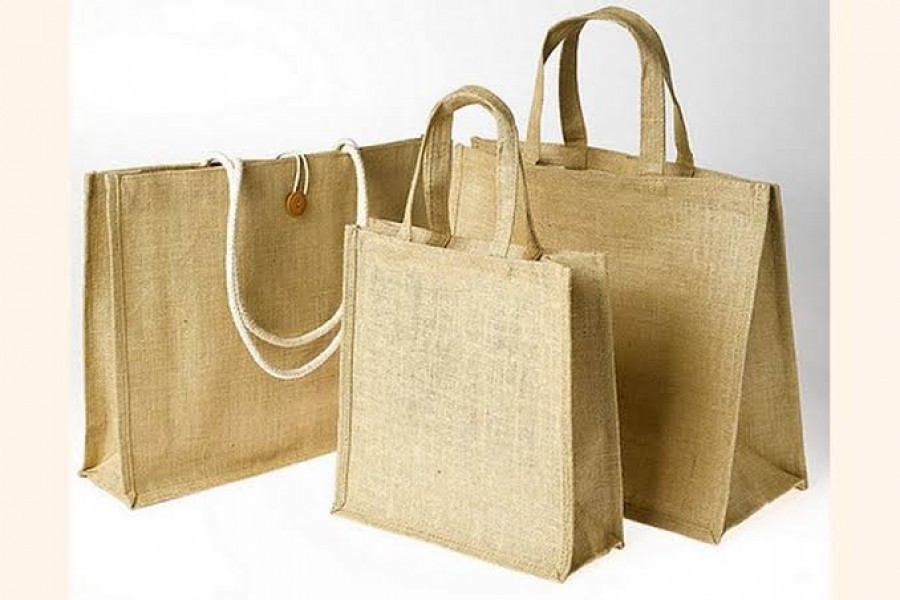The country's jute sector is a manufacturing sector that has perhaps experienced the most frequent twists and turns when it comes to government policies. One reason for this could be the state-owned entity, the Bangladesh Jute Mills Corporation (BJMC) with a large number of jute mills under it, enjoyed the luxury of not just free time but also the indulgence of announcing various schemes from time to time to rescue mills from sinking in losses for good. Hailed, albeit ambitiously, as the next growth driver of the economy, the jute sector became almost a happy ground for anyone to take the liberty of projecting, even forecasting the bright days that the sector cannot miss in the near future. Now that the mills have been taken away from BJMC's control -- so that the government's position cannot be deluded by hollow schemes -- it appears that the government, too, is not sure as to how to go about the business, despite its announcement of giving the mills to private hands under PPP (Public Private Partnership).
It is not known if there has been any development lately. However, there were some decisions in the past that apparently inspired some hope, and persons like this scribe believed that if implemented, some of those might really click the right chord and the sector could experience positive changes. One of those decisions was to develop industrial villages/hubs for diversifying production of jute products. The good thing about the decision was that it was a proactive one. It appeared to be a realistic step to reinvigorate the jute sector by way of adding value and diversifying products made out of jute.
Based on a feasibility study, the government had nodded to the proposal of establishing manufacturing hubs in major jute producing districts as well as on the unutilised lands of jute mills (now closed) under the BJMC. Unfortunately, however, like many announcements and initial moves that get muted after a while, this initiative too is no longer talked about.
The idea of setting up the manufacturing parks/villages in the jute-growing regions of the country makes a lot of sense because by providing due impetus to jute cultivation, it will develop an increasing awareness about product diversification and adaptation. Reports have it that the feasibility study had recommended 16 districts with highest jute production as suitable locations for the proposed jute product manufacturing parks/villages. Faridpur, followed by Rajbari, Magura, Jamalpur and Kushtia are reportedly the districts with the highest volume of raw jute production.
Although we could not make the best of our jute industry, high prospect of the fibre as the most echo-friendly and cheaply available one was always around the corner. There were stray initiatives to revamp the sector, but lack of concerted efforts and financing did not materialise those as commercially viable.
No wonder, despite being the second largest producer of raw jute, Bangladesh is still in the age-old sack business, that too without much of a variety. The jute mills, earlier under the domain of the BJMC, have been passing stress-free days as public entities with little or no urge to innovate new products and were content with only the traditional sacks. As for the private sector, it remained mostly busy exporting raw jute. In the wake of the stagnating performance of the sector for quite sometime, the idea of developing exclusive jute manufacturing hubs can be a move in the right direction to energise the sector. More importantly, it is highly likely to assure farmers about good return for their hard toil.
According to industry statistics, the country produces 7.5 million bales of raw jute annually. Of this, the jute mills consume more than 60 per cent, and the products they manufacture are limited to sacks and yarns, for the most part. As for the rest, around 30 per cent are exported as raw jute and 10 per cent used for a variety of domestic purposes. Industry insiders believe that with diversified production coupled with value addition, there is ample opportunity to increase exports as well as meet domestic demands at higher prices. It is here that the decision for setting up manufacturing parks in the jute growing areas may prove highly encouraging for jute cultivation, which presently offers no handsome profit to farmers. However, this can happen only if the plan is accompanied by facilitations including continuous research on product development and adaptation for both overseas and local markets.
The problems with the jute sector are often seen as a mix of maladies relating to productivity, product development and marketing. There was hardly any systematic plan for continuous research to develop and diversify jute products in keeping with consumer tastes and preferences at home and abroad. Thus revisiting the decision of setting up jute goods manufacturing hubs may strike the right chord in overcoming many of the limitations holding the sector back.


